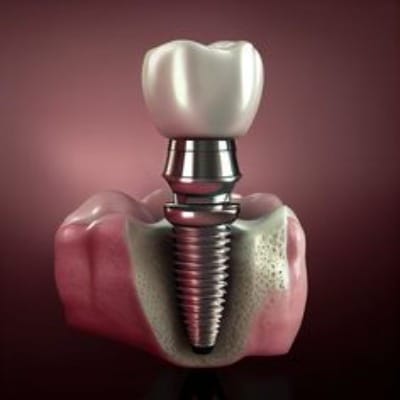One well-liked and efficient way to replace lost teeth is a dental implant. What If There Isn’t Enough Bone to Support the Implants? Though there are various answers, this might be a worrying problem. This comprehensive guide will go over the alternative treatments, what to do if there is not enough bone for dental implants, and what to expect during the process.
What If There Isn’t Enough Bone to Support the Implants?
First of all, the stability and long-term success of dental implants depend on some amount of bone. Therefore, What If There Isn’t Enough Bone to Support the Implants? Lack of stimulation causes the jawbone in the area of lost teeth to weaken. This bone loss can become somewhat noticeable with time, which makes implant placement challenging.
Fixing Insufficient Bone:
Turning now to the remedies, numerous techniques can assist in correcting inadequate bone and enable dental implants:
- Among the most often used solutions is bone grafting. This entails loading the mouth with bone or something similar. Your body, a donor, or synthetic sources can all provide the grafted material. The graft integrates with the surrounding bone to form a solid basis for the implants.
- A sinus lift could be required if the bone loss is in the upper jaw, especially in the molars and premolars area. This surgery entails elevating the sinus membrane and inserting bone to raise the top jaw.
- When the jaw is not wide enough to support implants, the surgeon will perform a ridge extension. This entails widening the jawbone’s ridge by separating it and then emplacing graft material.
- They can use zygomatic implants in cases of extreme bone loss in the upper jaw—these lengthier implants anchor instead of the jawbone into the cheekbone or zygoma.
Procedure Specifications:
Let now explore the specifics of these operations:
- Bone grafting begins with an assessment to ascertain the ideal grafting material. It will release the gum to reveal the bone during the operation. Additionally, they will place the graft material in the location lacking. Afterward, they will close the site with sutures. Healing takes many months when the new bone combines with the old bone.
- A sinus lift involves making a surgical incision in the gum tissue. The bone is exposed, and the sinus membrane is softly raised from a small hole cut in the bone. Bone graft material fills the space. The region is then closed and heals over several months.
- An incision along the jaw’s ridge divides the bone. The division’s formed space is filled with graft material. The region is then closed and heals over several months.
- Zygomatic implantation is More complicated and includes inserting the lengthier implants into the cheekbone. It calls for particular tools and knowledge. The healing period varies; hence the operation is frequently taken into consideration when other choices are not practical.
Advantages of These Techniques:
Having these surgeries helps support dental implants in numerous ways:
- These surgeries build a solid basis for the implants, guaranteeing their stability and lifetime.
- Adding bone helps these treatments restore the strength and function of the jaw.
- Solid and steady implants help your smile to look better generally.
- Successful implants give a natural-looking and valuable substitute for missing teeth, increasing your confidence.
Perfect Candidates for These Treatments:
- Healthy People: Candidates should be generally well and free of disorders that might hinder healing.
- Non-Smoking: Smoking could compromise the success of the implants or the healing process.
- Dedicated to mouth Hygiene: The success of the implants and the grafting operations depends on good mouth hygiene.
- Reasonable Expectations: Perfect candidates should have reasonable expectations regarding the course of the operations and results.
Instruction for Aftercare:
Following any of these surgeries calls for appropriate aftercare:
- Carefully follow your dentist’s post-operative directions to guarantee correct healing.
- Keep good oral hygiene. Regular brushing and flossing will help you keep your mouth clean; use any advised mouth rinses.
- Steer clear of demanding tasks for a few days following the operation to lower your risk of problems.
- Attend follow-up appointments. Show up for all planned follow-up appointments to track your development and quickly handle any problems.
Final Verdict:
Even if inadequate bone can make dental implants difficult, various workable options are accessible. A stable basis for dental implants can be produced through procedures like ridge enlargement, sinus lifts, bone grafting, and zygomatic implants. Patients can get good results and enjoy the advantages of a rebuilt smile by selecting a qualified practitioner and following the aftercare guidelines.
See a trained dentist at Enfield Royal Pk to investigate your alternatives. So, decide the best course of action if you are thinking about dental implants but worry about bone loss.










Leave a Reply